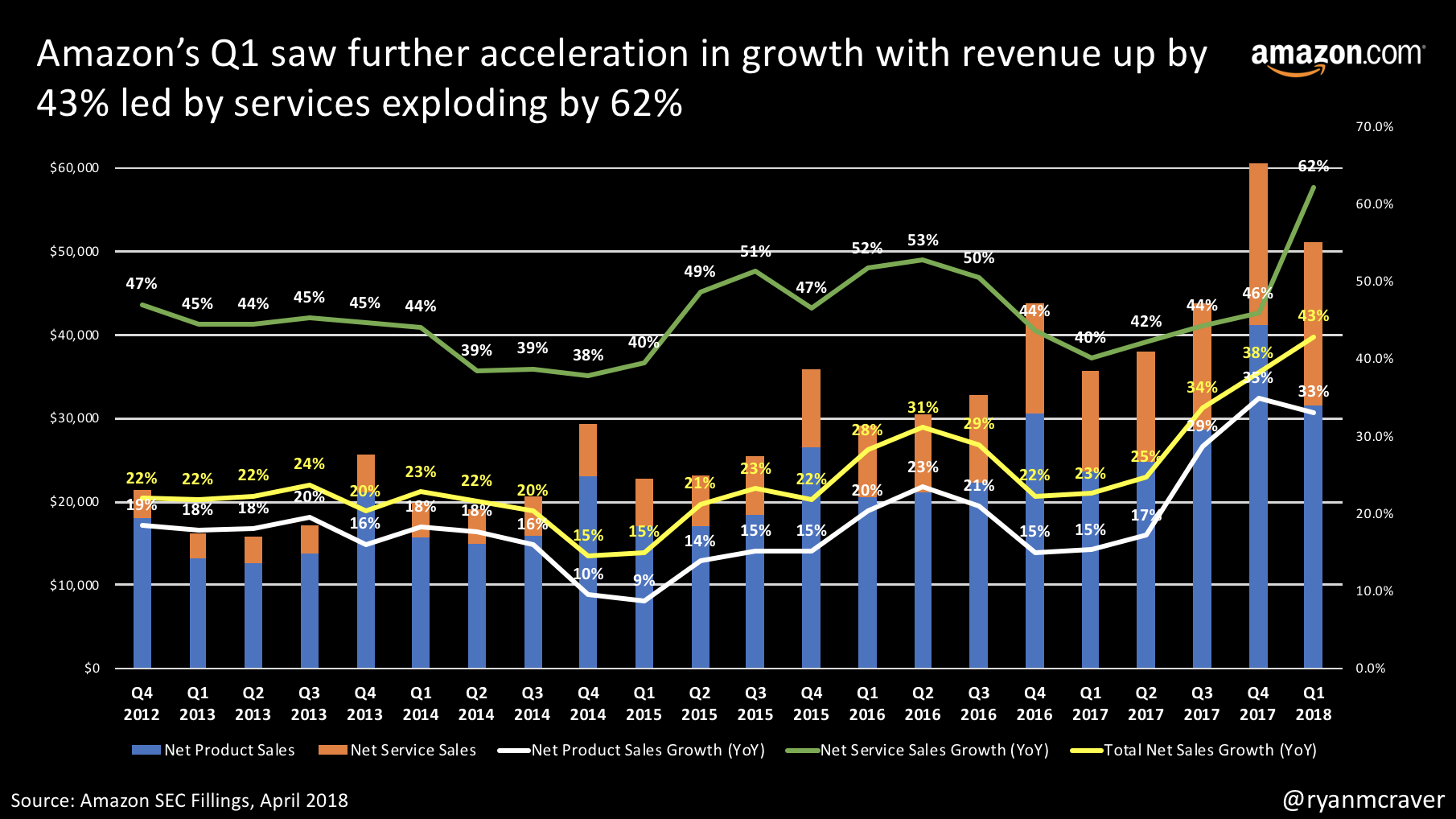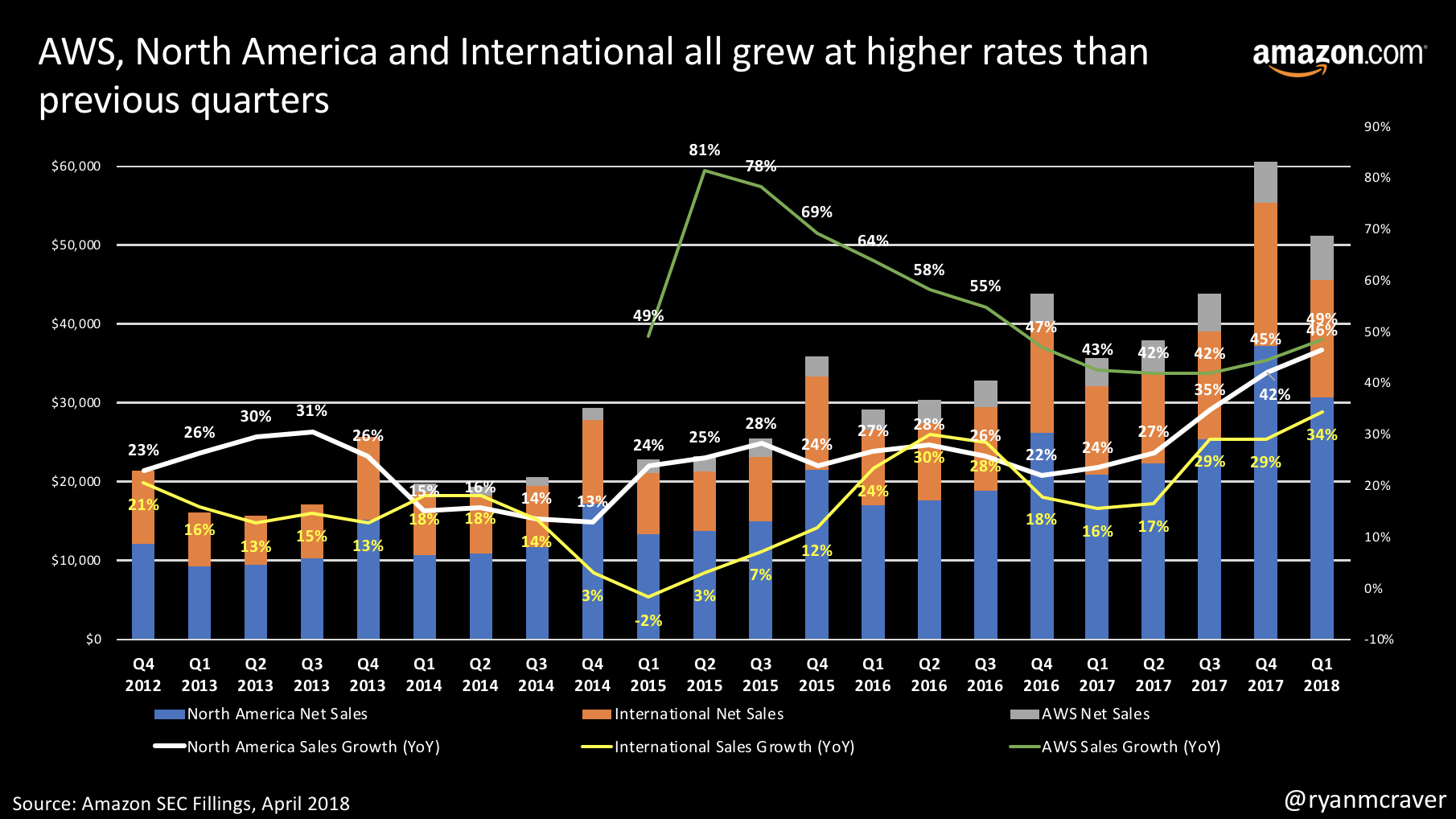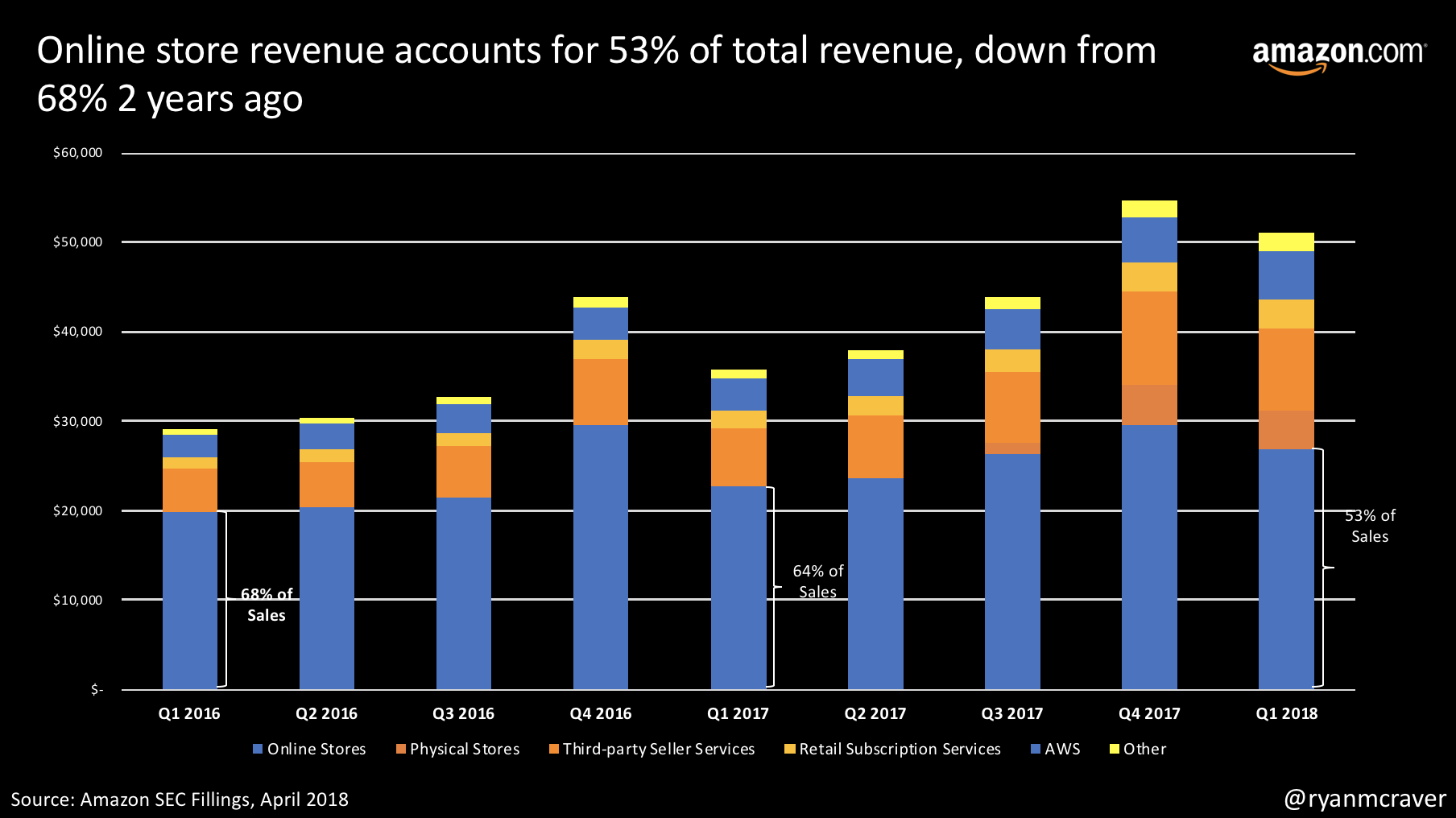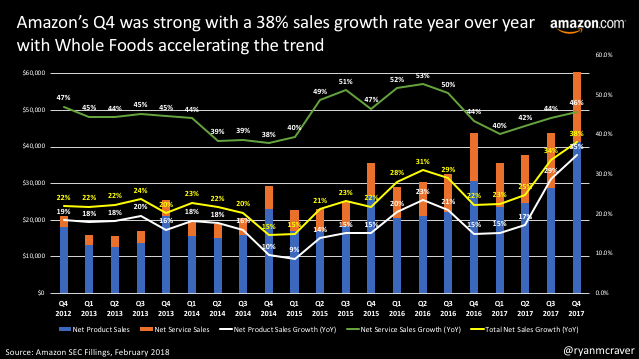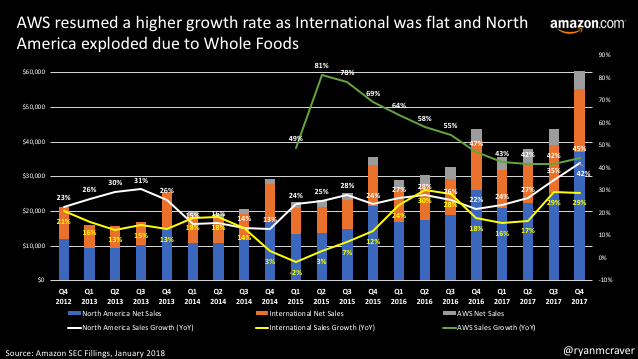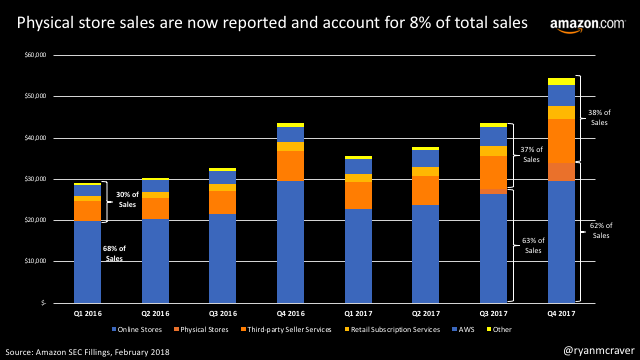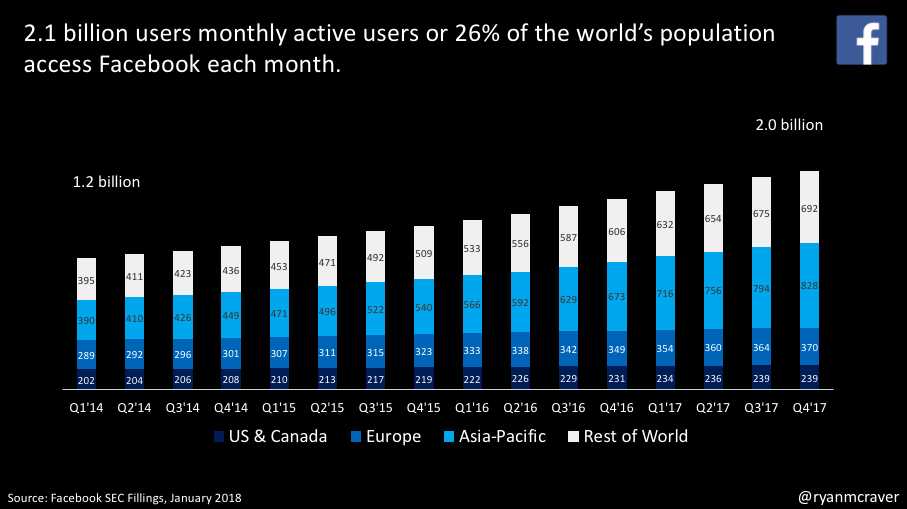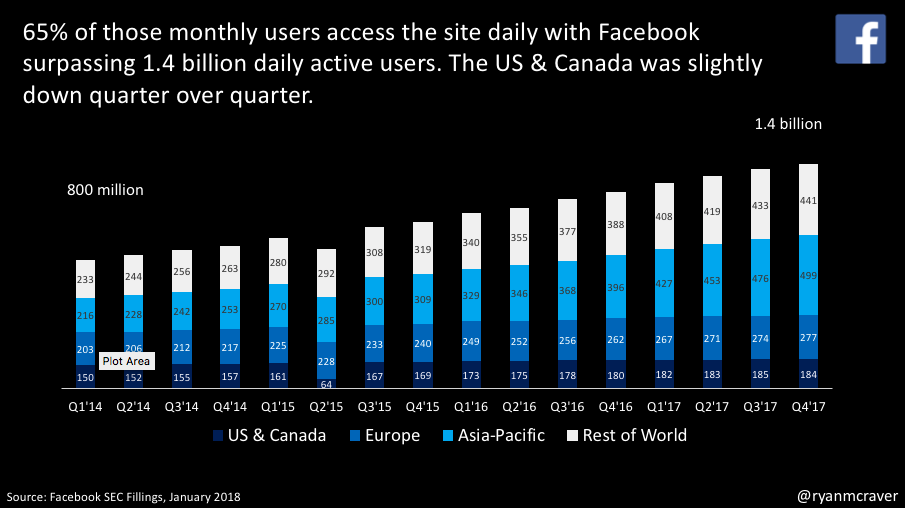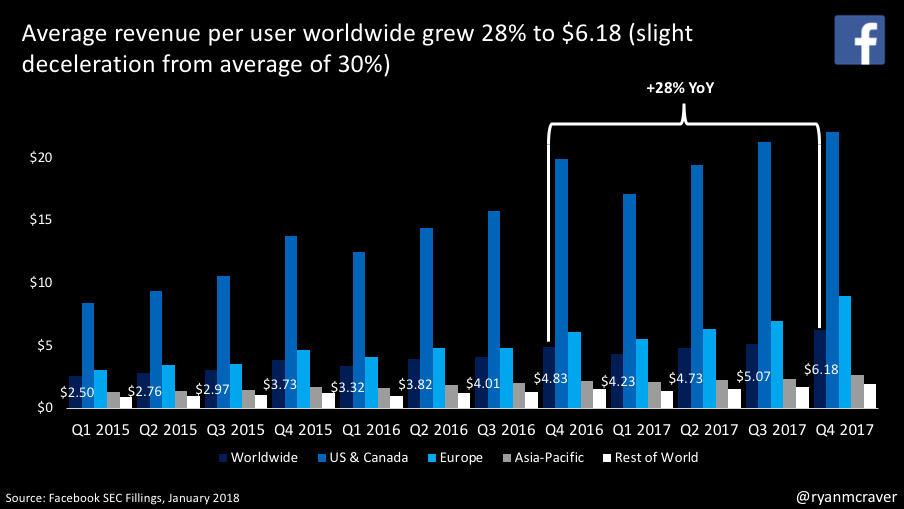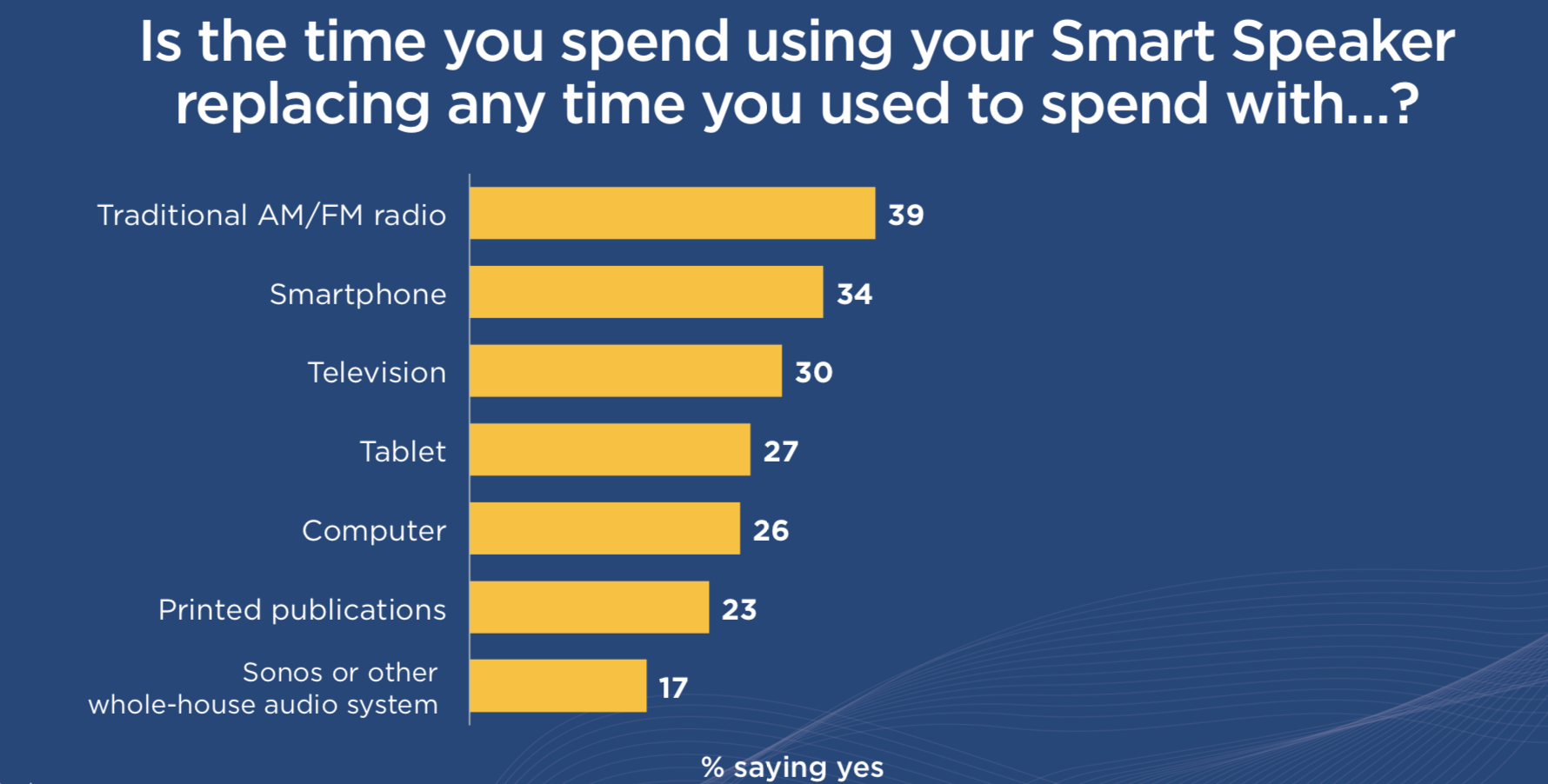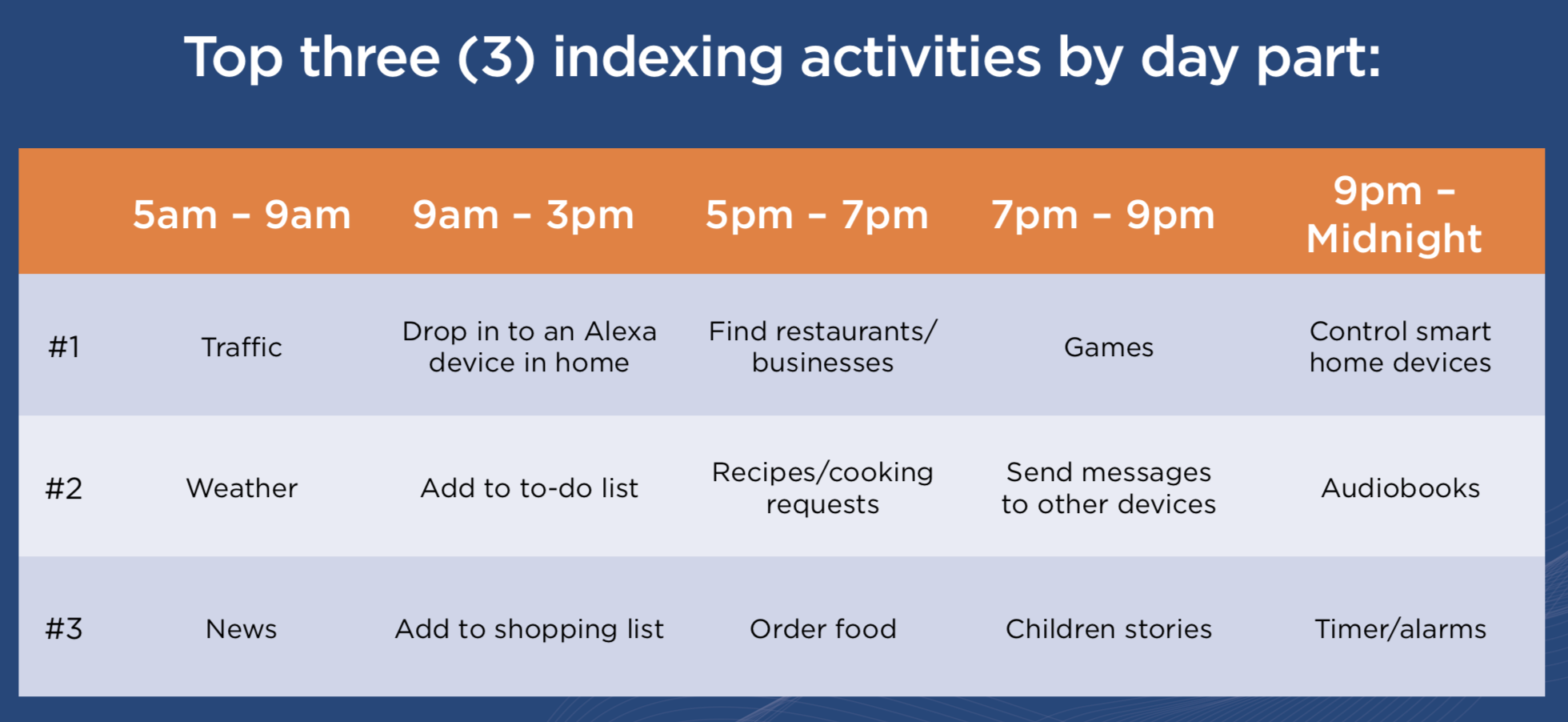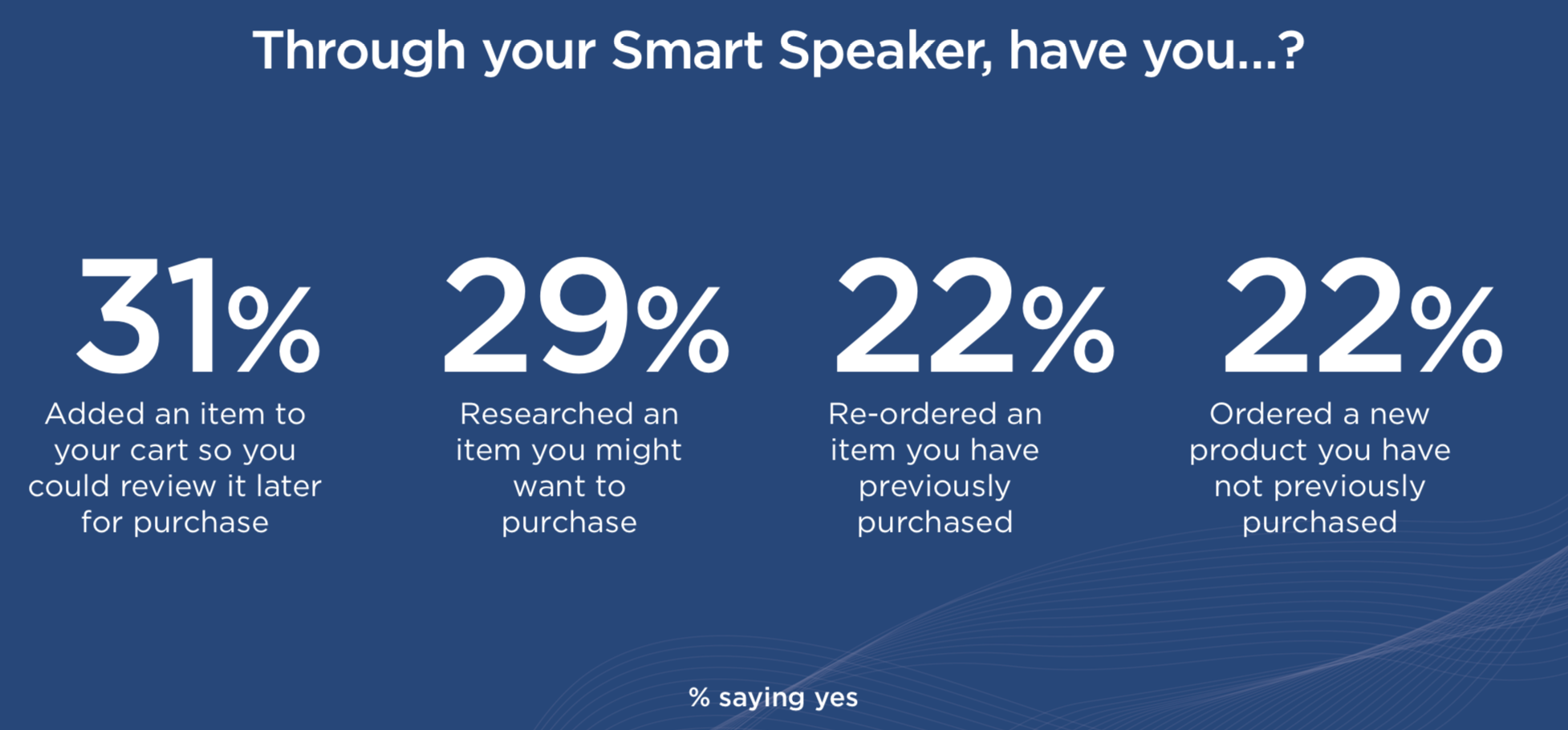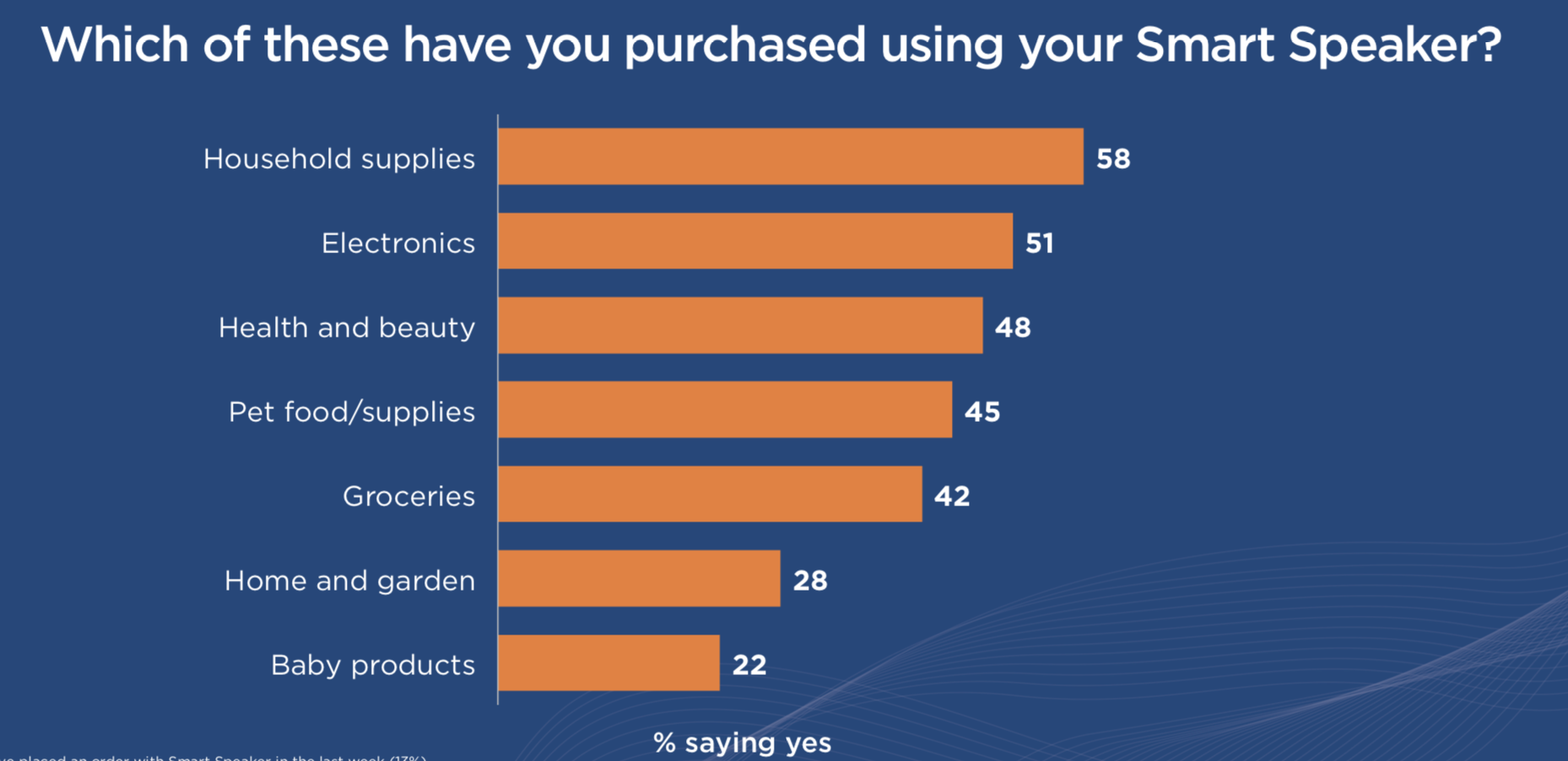I am often asked, "how should we sell to Amazon?" The answer varies for every brand but will typically take one of two paths.
For brands that have grown up in the wholesale world selling to specialty stores and brick and mortar retailers like Macy's, Target or Home Depot, the first inclination is to "sell to" Amazon. For brands who have grown up via direct to consumer channels, the first inclination is to "sell on" Amazon. Each model varies in margin, scale, level of effort and complexity and how the relationship works with the Amazon Buyer.
Brands preferring the "sell to" Amazon typically start with an Amazon Buyer meeting in which Amazon will purchase a handful of SKUs in various varieties to "set the store" with a standard template for co-op, freight and damages. All product setup, copy writing and keyword tagging is done by the brand while Amazon shoots the product. After the first delivery, the algorithms take over to reorder anything successful. The algorithms will suggest markdowns, promos and marketing with an anticipated sales lift. This dip the toe approach is beneficial to Amazon to weed out the selling potential of the brand's catalog and minimize risk.
While it may sound simple, there a couple of points to note:
- In your meeting with the Amazon Buyer, there will be limited and sometimes no interest in viewing the product. The Amazon Buyers defer to science versus art in product selection. They will allow the sales to dictate what is successful and needing replenishment.
- Hand holding and maintenance by the Amazon Buyer is rare. Amazon Buyers typically are managing 50-100 brands at once and don't have the time for tail brands. Amazon Buyers believe the brand knowledge lies with the brand. Setup and proper merchandising is all the responsibility of the brand.
- Almost all interaction after that first meeting will be with push based suggestions from what may seem to be bots. You will receive these suggestions on a daily basis on lower price suggestions, keyword buying, annual agreement changes and inclusion in marketing events.
The days of setting a brick and mortar store with loads of product, hoping for a 60-80% sell-thru and minimizing markdowns at season end is not the norm with North America's largest retailer. The personal connection with a retail buyer is no longer common. Algorithms are more efficient and effective with a bit of human intervention. Look no further than the announcement of job cuts that took place today.
